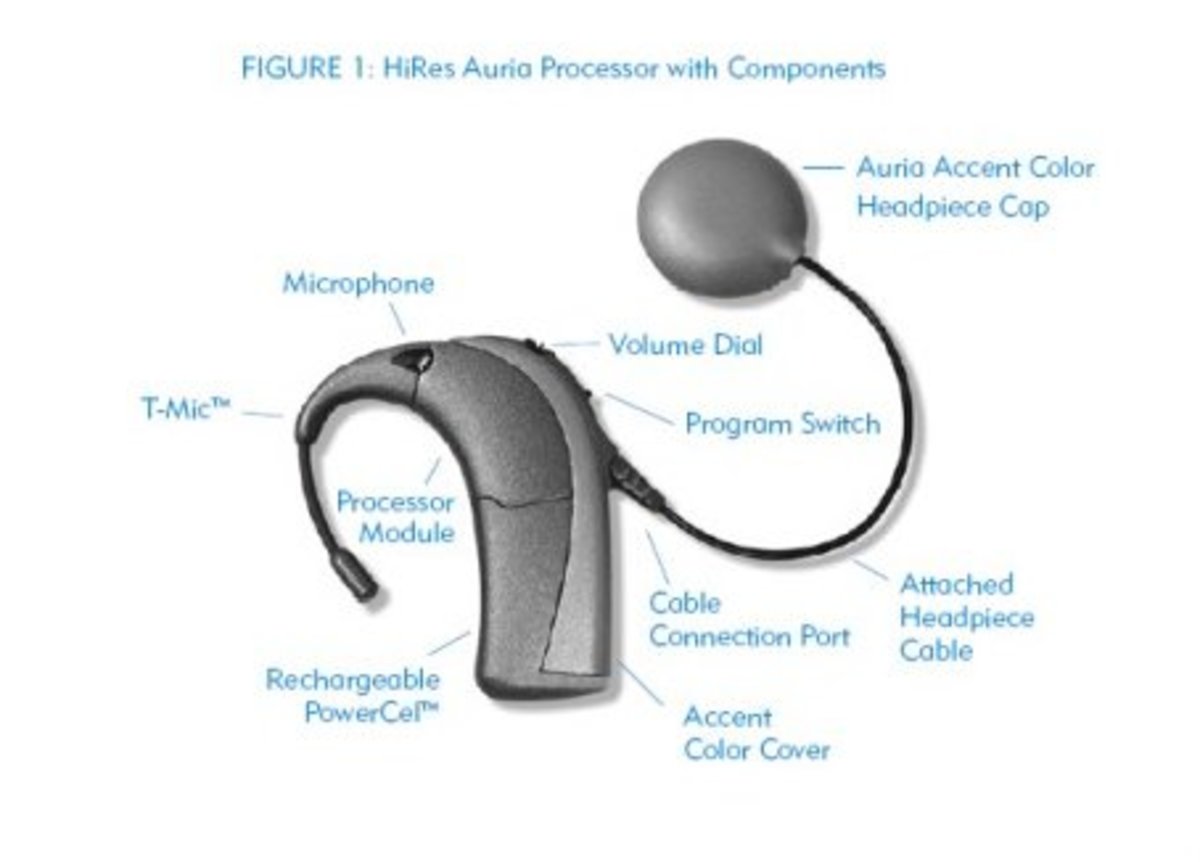An Introduction to Manual and Electric Wheelchairs
Wheelchairs are a type of medical device that is used to improve accessibility for people who are mobility challenged. In some form or another, wheelchairs have been used for many thousands of years, but it would not be until the beginning of the twentieth century that a standard wheelchair design would be developed.
Today, there are a number of different wheelchair designs and models available, but they are basically classified as either manual or electric.
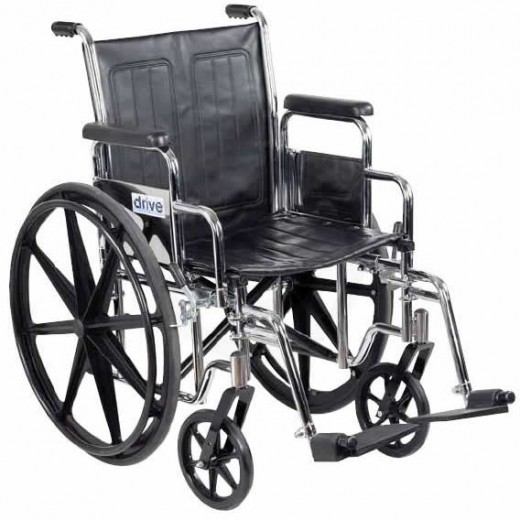
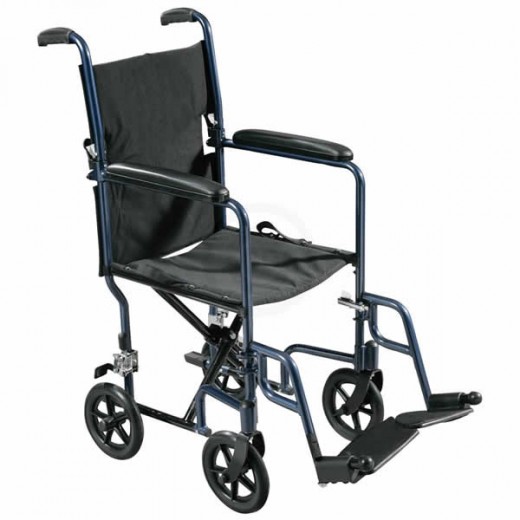
Manual Wheelchairs
Manual wheelchairs are the oldest type of wheelchair available and are either classified as self propelled or attendant propelled. One of the first self propelled wheelchairs was developed by a blacksmith over 300 years ago and used a hand crank to move the wheelchair.
Today, there are a number of different types of self propelled manual wheelchairs, which are classified by their uses, but the most common type of manual wheelchair is the conventional wheelchair.
A conventional wheelchair has handrims which are attached to the outside of the rear wheels, which allow the user to turn the rear wheels. The rear wheels are much larger than the front wheels and are typically 24 inches in diameter.
The Conventional wheelchair usually offers a folding design, so it can be easily transported, and has a steel steel tubed frame. However, to reduce weight aluminum and titanium frames are also used. The seat is typically made of vinyl, which is easy to clean.
Attendant propelled wheelchairs, or transport chairs, often look very similar to a self propelled wheelchair, however they do not have handrims on the rear wheels. Instead they are designed to be pushed by someone walking behind the wheelchair. Often the rear wheels will be much smaller than traditional wheelchairs.
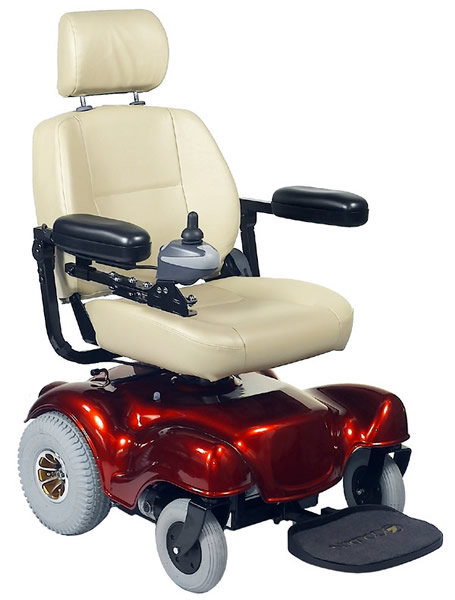
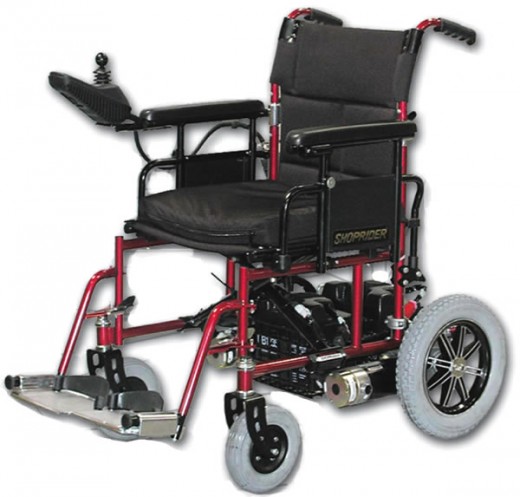
Electric Wheelchairs
Electric wheelchairs, which are also called power chairs, were first developed during the middle of the twentieth century. Early electric wheelchairs were simply manual wheelchairs that had been outfitted with an electric motor.
Today, most power chairs feature a molded plastic base, which contains the electric motor and batteries. A chair is attached to the base and resembles a high quality office chair, but usually has a higher back, more padding, and a headrest.
The range varies, but most power chairs can travel up to 10 miles on a single charge. However, environmental factors, such as hills and the riders weight, play a role in the wheelchairs range.
Most use a joystick control, which can be mounted to either the left or right armrest. There are also a great deal number of alternate controls, such as breath control. A remote control system is also available, to offer attendant propelled functionality.
Portable power chairs are also available, which closely resemble a conventional folding wheelchair.
Which Type of Wheelchair is Best
This greatly varies by the needs and abilities of the wheelchair user. Both types of wheelchairs have advantages and disadvantages.
Manual wheelchairs remain incredibly popular and are the first choice of many wheelchair users. Typically a manual wheelchair weighs a great deal less than an electric power chair, making it much easier to transport.
However, manual wheelchairs require a lot deal of upper body strength, which can be an excellent source of exercise. There are also a number of wheelchair sports, like wheelchair racing and wheelchair basketball, which are played using manual wheelchairs.
However. depending on the individuals physical abilities, using a manual wheelchair might not be possible.





